A beacon of change
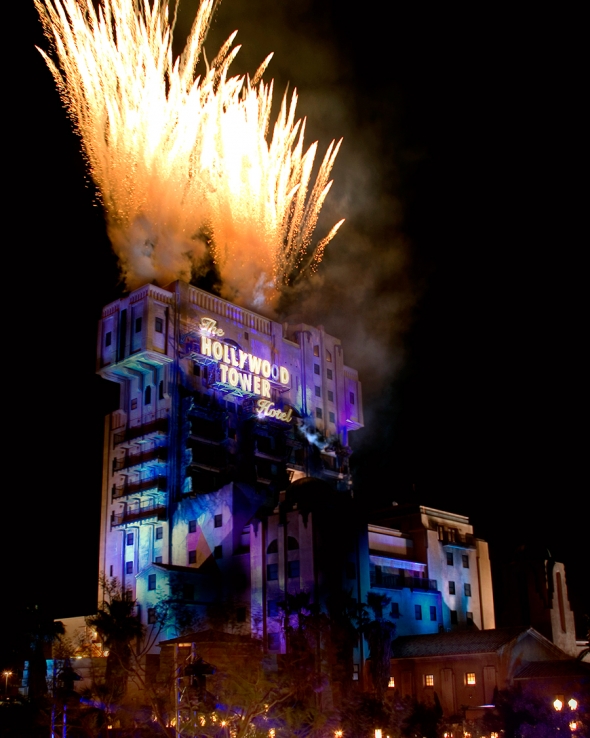
The Twilight Zone Tower of Terror opened at Disney’s California Adventure on May 5, 2004 in a most unusual way – it was struck by lightning. Or at least, it appeared to have been. The celebratory opening ceremony signaled the first major E-Ticket investment at the height of the park’s creative drought. When all else seemed lost, Disney called on the fan favorite to reenergize the park and breathe new life into Disneyland’s stumbling little sister.
And indeed, after consecutive years of attendance decline, attendance jumped 9% at the park from 2003 to 2005.
What fans and Imagineers knew, though, was that even the E-Ticket headliner was nothing more than a Band-Aid on a broken bone. The problem with Disney’s California Adventure wasn’t just that it didn’t have enough rides (though it didn’t), or just that it didn’t have enough Disney-quality details (though it didn’t have those either).
Even if Tower of Terror gave the park a new ride with new details and new stories, it didn’t fix the real problem: California Adventure was broken at its foundation. Its “hip, edgy, MTV attitude” thesis had failed. California Adventure was a counterpunch to Disneyland where guests wanted a complement. They didn’t want cartoon spoofs of modern California, they wanted to see historic, reverent, idealized recreations of California’s vast places and rich history.
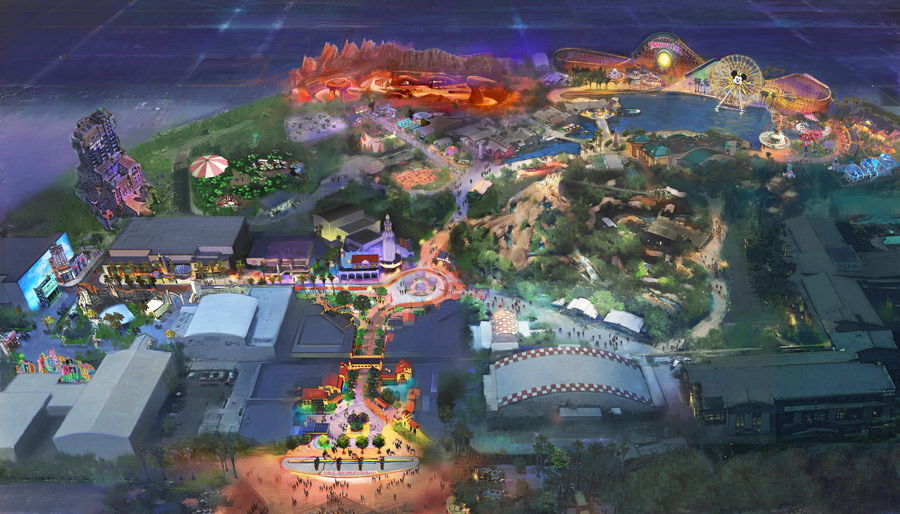
In 2007, under the leadership of then-new CEO Bob Iger, Disney did something unprecedented: they admitted defeat and announced a massive 5-year, $1.2 billion redesign effort that would turn back the clock and follow Disneyland’s lead, rebuilding each of the park’s themed lands as historic, reverent, idealized versions of their former selves.
Paradise Pier, Grizzly Peak, and Hollywood Pictures Backlot would all be stripped of their modern embellishments, pop music, and 2001 backstories, becoming a turn-of-the-century Victorian boardwalk, a 1950s National Park, and a 1940s Hollywoodland.
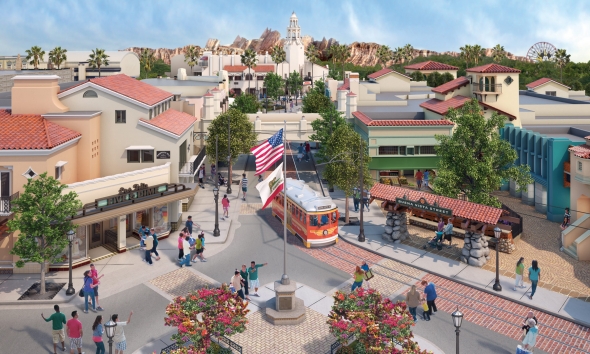
The park’s entrance was demolished and rebuilt as a charming Los Angeles of the 1920s called Buena Vista Street. This new entry into a reborn park took guests to the bustling Los Angeles Walt must’ve seen when he first arrived, with grand department stores and sunset-tiled roofs with the park’s new icon – the historic Carthay Circle Theatre – reigning over it all.
Of course, the electric Red Car Trolley also glides down the street, carrying guests and newsboys who sing of the California dream: “Extree! Extree! Read all about it! Spirit of Optimism sweeps California!” Indeed, Buena Vista Street might be the most intricate and emotional land Disney’s built since New Orleans Square. It was also part of an impressive and subtle frame story.
Continuity

And there on Buena Vista Street, catty-corner to the Carthay Circle Theater, you could step into the Fiddler, Fifer, and Practical Café (named, in reality, after the Three Little Pigs of Disney’s short, but here explained in the park’s continuity as being the Silver Lake Sisters Jazz trio) where you’d find gorgeous 20s art posters of the three girls performing… at the Tip Top Club at the Hollywood Tower Hotel!
You read that right – 15 years before that ill-fated storm – here in 1920s Los Angeles – the Tip Top Club was the place to catch all the best musical acts in town, according to the detailed world-building Imagineering achieved. As if that’s not impressive enough, guests could board the Red Car Electric Trolley as it glides down the street beneath the Glendale-Hyperion Bridge en route to Hollywood Land (a slightly transformed Hollywood Pictures Backlot).
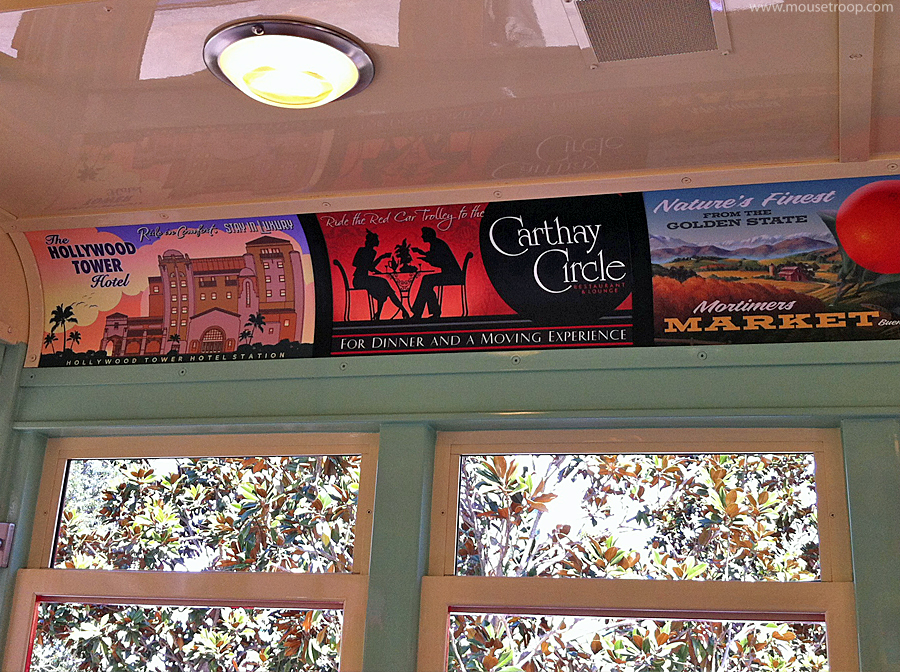
Cleverly, the inside of the Red Car Trolley was decked out with “in-universe” ads inviting guests to the shops and restaurants of Buena Vista Street… oh, and to “Ride in Comfort, Stay in Luxury” at the Hollywood Tower Hotel… And remember, since we’re in the 1920s, it appears that only is the Hollywood Tower Hotel still open for business, but that its main, doomed guest tower had not yet been built!

Indeed you could ride the Red Car Trolley through Hollywood Land and to the “Hollywood Tower Hotel” stop, as the Twilight Zone Tower of Terror was firmly built into the park’s overarching continuity and its new, historic California story. How brilliant!
Even after the park’s 2012 rebirth, the renamed Hollywood Land still looked the most like its former self, merely removing some of the more glaring modern references, punny street signs, and paparazzi culture while papering over visible facades and exposed scaffolds.
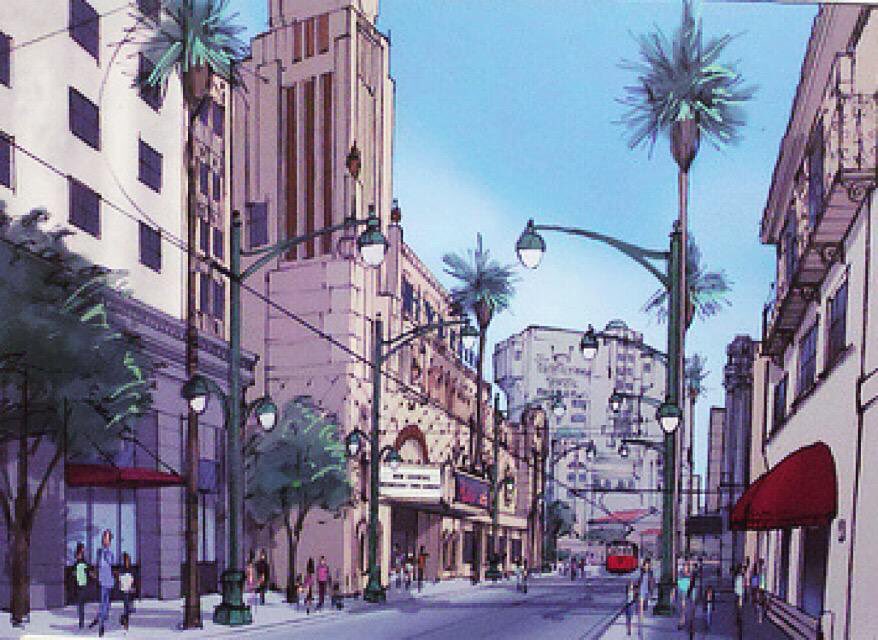
Even if a proper reimagining of Hollywood Land didn’t come online, early concept art showed that Disney was indeed planning a makeover for its Tinseltown to properly install the styles and substance of the 1930s, still with the Hollywood Tower Hotel as its centerpiece. But it never happened…

The Twilight Zone Tower of Terror was inarguably a starring E-Ticket at a reborn Disney California Adventure – a triumphant piece of a careful new story and identity, folded into the continuity of a park determined to tell California’s stories and legends. It seemed like a perfect fit; an icon of the park’s rebirth and its new direction.
So would you believe that it would be replaced by a science-fiction space warehouse looming over Buena Vista Street? Just wait until you hear how this Lost Legend met its demise via what some fans call one of the most shortsighted and ill-conceived ideas Disney has ever had… Read on…


